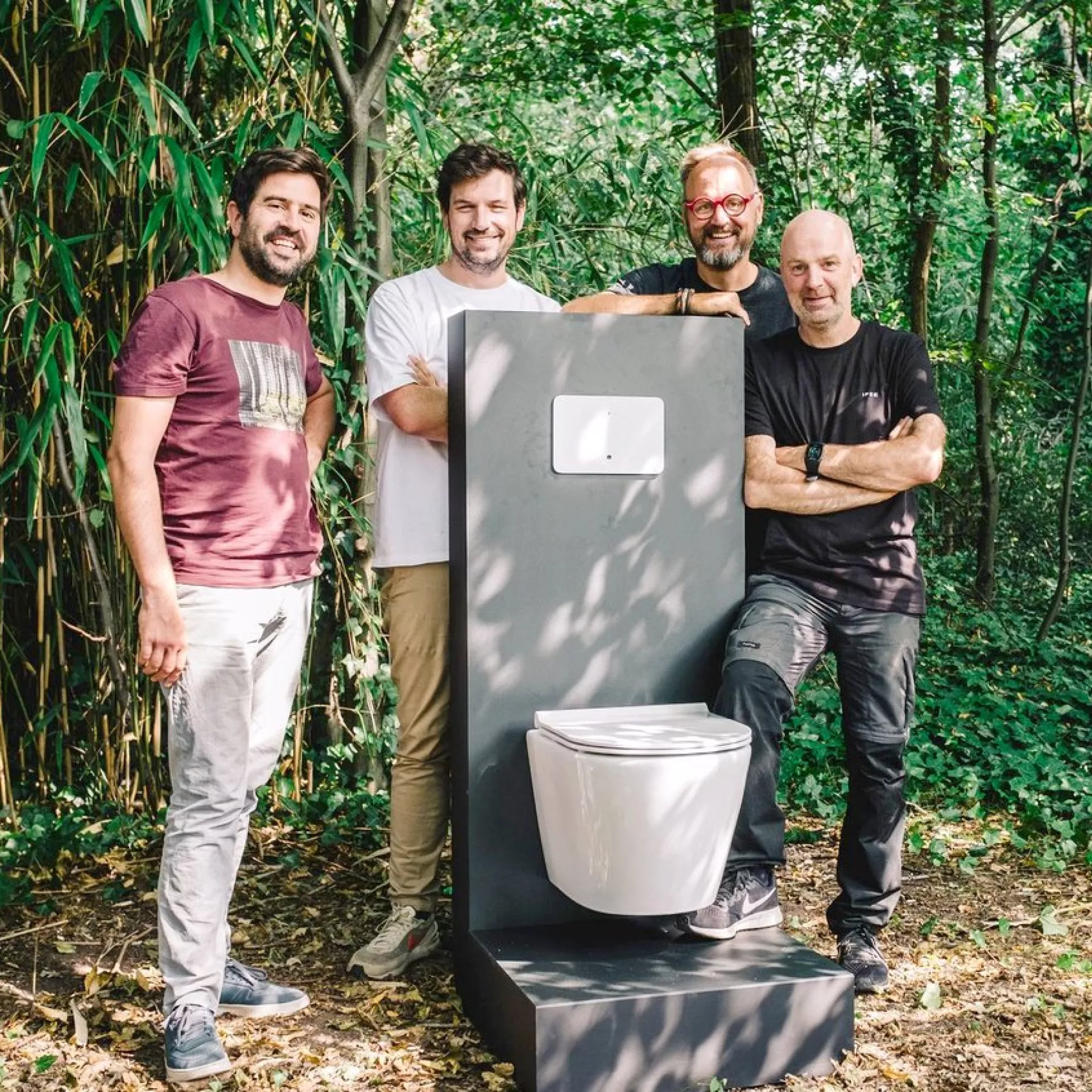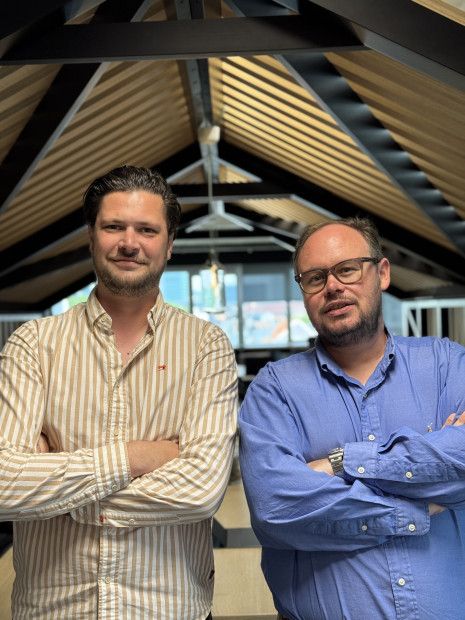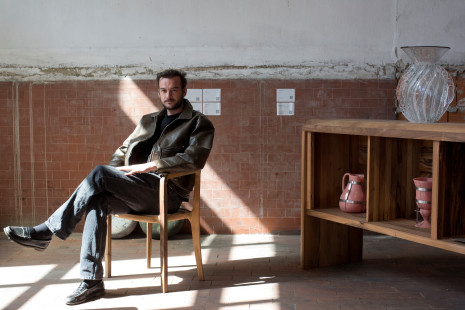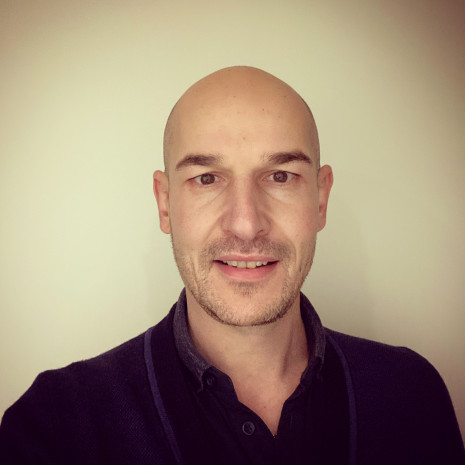IPEE
The infrared systems that make toilets flush automatically are actually incredibly dumb technology. They go off too often, wasting millions of litres of water.

- Home
- Meet the Innovators
- IPEE
Optimising water consumption, hygiene and sanitary maintenance technologie
IPEE, an Antwerp-based SME has been active in the field of 'intelligent' sanitary products for a number of years with its own developed and patented flushing technology. With the project supported by the city of Antwerp, IPEE wanted to achieve an even bigger impact in terms of water saving. IPEE developed a data platform for high-traffic sites based on usage. This application provides new insights into water consumption, hygiene and operational efficiency. A pilot project was set up in several international airports.
150 Olympic pools saved
COVID-19 has made automatic flush toilets the norm. Hygiene above all. Since this pandemic crisis, water scarcity has been at the top of society's agenda. Two developments that helped IPEE grow.
Today, the best-selling urinal in Belgium is an IPEE urinal. But other markets are following, explains Jan Schoeters, co-founder of IPEE. "Take Singapore, for example. They want to be the cleanest city in the world, so all public toilets flush automatically. They only realised later that these toilets were going to waste so much water. Singapore gets its drinking water from Malaysia and has to use it sparingly. That's how they ended up with our solutions.
"A couple of years ago, we were given the opportunity to come to Los Angeles and present our technology. We all went to an automatically flushed toilet in the airport. We counted - professional malpractice, right? - and the toilet flushed eight times. Then we did the maths: if you eliminated those unnecessary flushes, you could save 170 Olympic swimming pools' worth of water at LAX alone.


